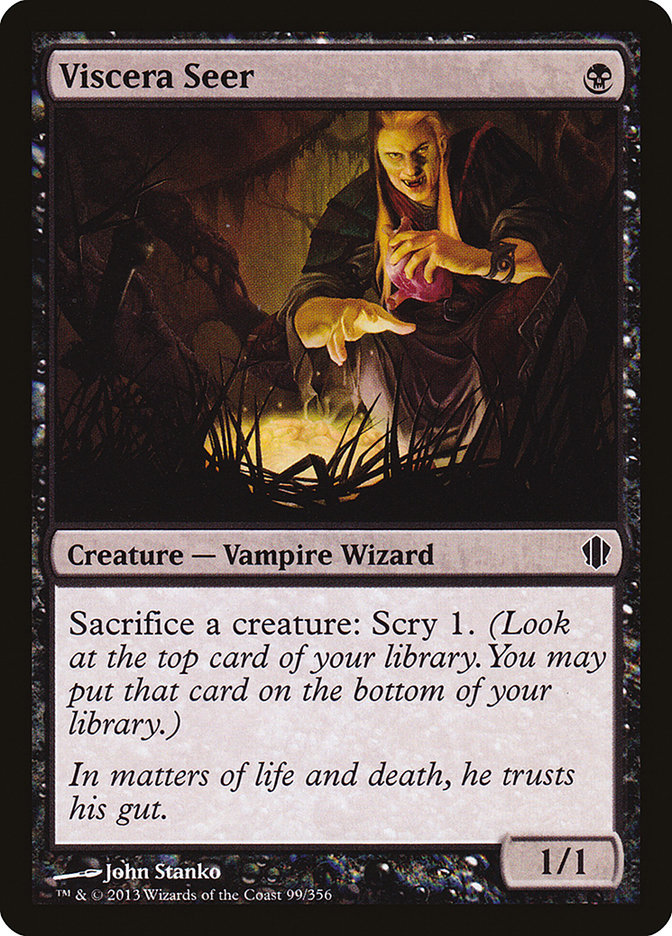After the Pro Tour, there are two decks vying for supremacy within the graveyard-based aggro archetype: the less graveyard-focused and more discard-heavy Hollow One, and the more graveyard-focused and less discard-heavy Vengevine.
Both are capable of explosive openings, ending the game on Turn 3 or 4 if left unchecked, but they have their strengths and weaknesses. Hollow One has a significant failure rate that is exacerbated by the randomness in two of its enablers, Burning Inquiry and Goblin Lore. Proper sequencing can mitigate the variance to a degree, but certainly not entirely.
Vengevine is more consistent, but it’s more dependent on its graveyard. Hollow One can cast Flameblade Adepts and its namesake card even in the face of a pre-game Leyline of the Void, but all of Vengevine’s payoffs explicitly use the graveyard. Its engine also takes up more space, so there’s no room for maindeck interaction, while Hollow One has access to Lightning Bolt and potentially Collective Brutality.
Despite their differences, it does seem like there is the potential to combine aspects of both decks to form a better collective whole. Both are, at the core, Faithless Looting decks and want to cast that card early and often. Hollow One is a potential cheap creature to return Vengevine on the early turns, leading to more explosive starts than either original deck is capable of. The question is where the cuts come.
In today’s list, the answer to that is the small, resilient creatures, as well as sacrifice outlets for Bridge from Below. There are only two copies of Viscera Seer and zero copies of Gravecrawler, Bloodghast, and Flamewake Phoenix. Instead this deck crafts a plan around the bigger creatures in a more explosive shell.
The diminished capacity to swarm the opponent makes you more vulnerable to early spot removal, especially out of the Snapcaster Mage / Path to Exile decks, but it also makes you less likely to get beaten on the battlefield by a deck like Humans coming out with a fast start. Whether that tradeoff is always the best one to make depends on the metagame, but in general I like erring towards the more robust creatures so that your less explosive draws have more power.
There are still definitely kinks to be worked out here and numbers to be smoothed over, but with so much overlap already, especially in the enablers, it seems inevitable to me that the decks will coalesce at some point.
Creatures (32)
- 4 Street Wraith
- 3 Goblin Bushwhacker
- 4 Vengevine
- 2 Viscera Seer
- 4 Hangarback Walker
- 4 Insolent Neonate
- 3 Walking Ballista
- 4 Hollow One
- 4 Stitcher's Supplier
Lands (15)
Spells (13)




